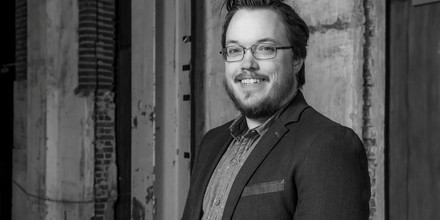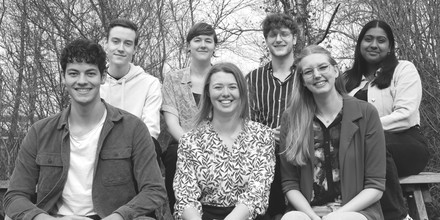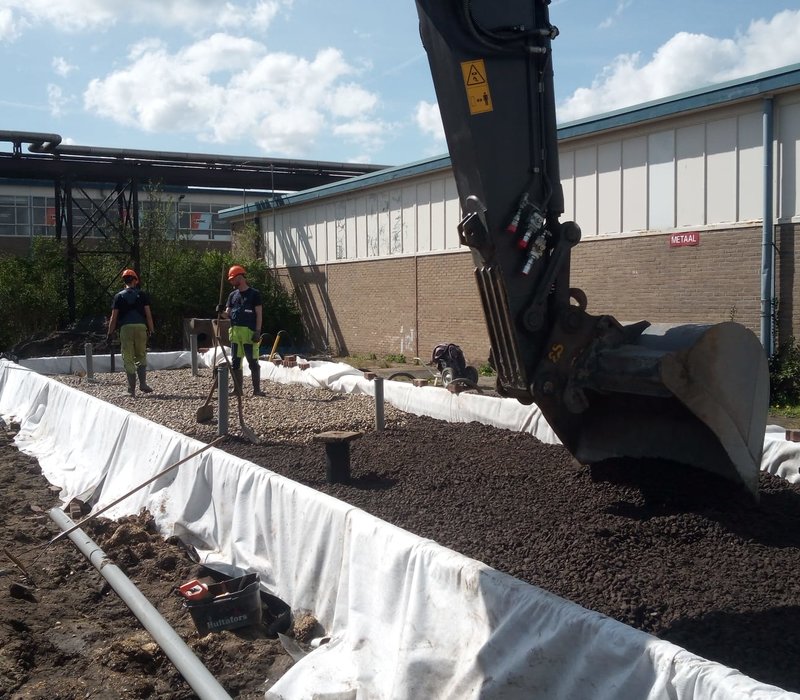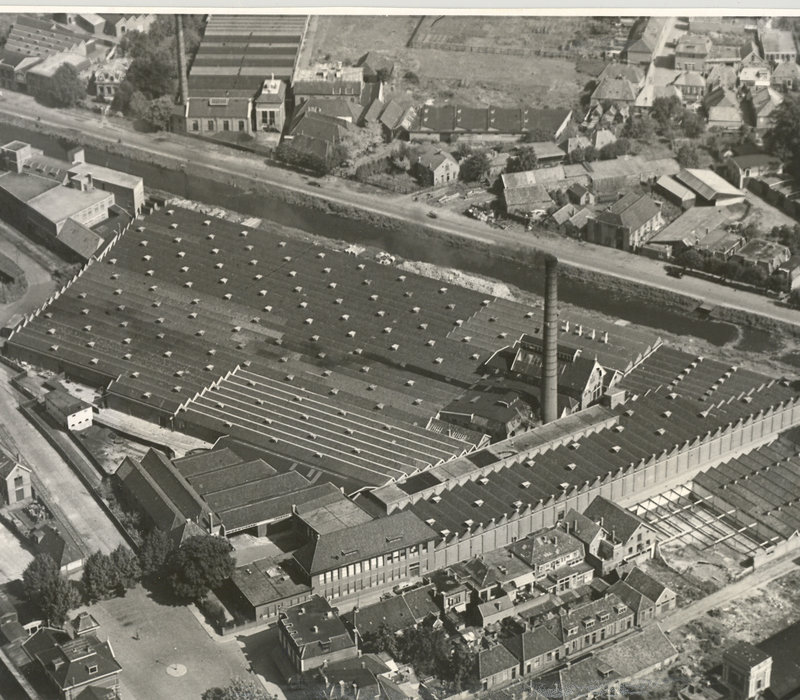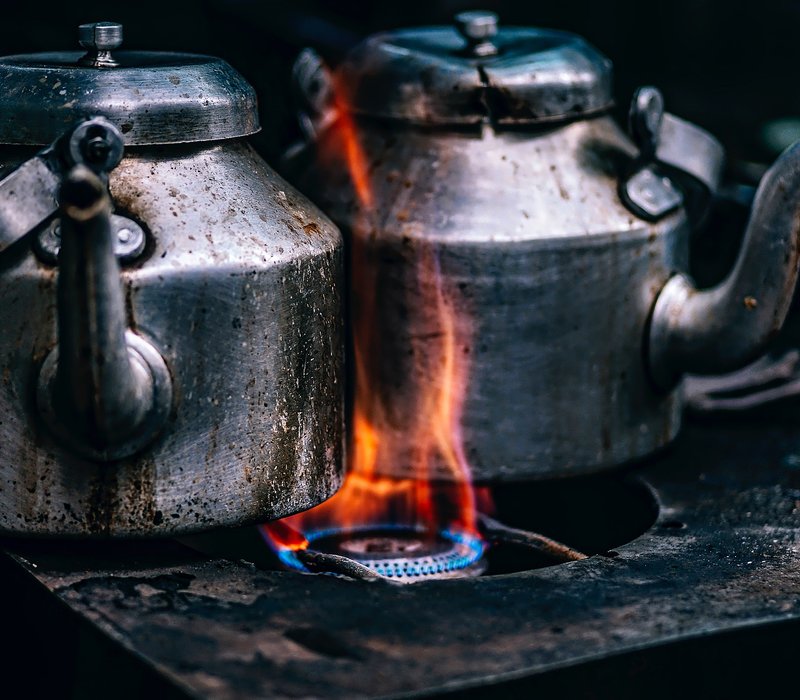Risk assessment of overflow dredging: circular use or disposal?

Overflow dredging is sludge that is removed from ditches and canals close to a sewer overflow. This type of sludge is often more polluted than in other places. This is because sewage from the overflow directly enters the surface water during heavy rainfall without being treated.
In the Netherlands the general policy of most authorities that manage waterways is therefore to dredge overflow sludge separately and to transport it to a landfill site. In this way any contaminants that may be present in this dredging material can not cause any risks. Risks can arise, for example, when this overflow sludge is deposited on an embankment, bringing cattle that graze on the fields bordering the waterway into contact with the pollution.
But what are actually the risks? Unfortunately, this is usually not investigated. Separate dredging and removal of the overflow sludge costs the waterboards a considerable amount of money, causes inconvenience for local residents and creates extra CO2 emissions.

